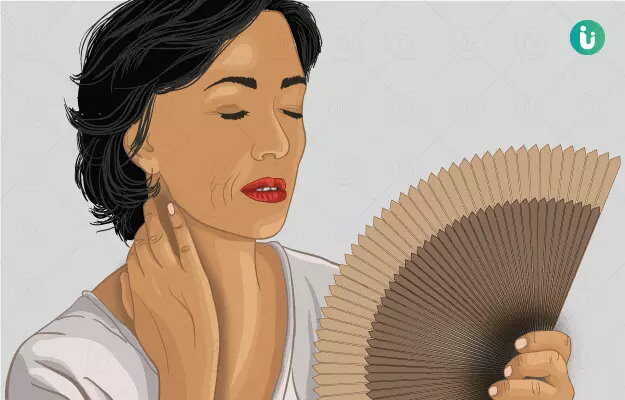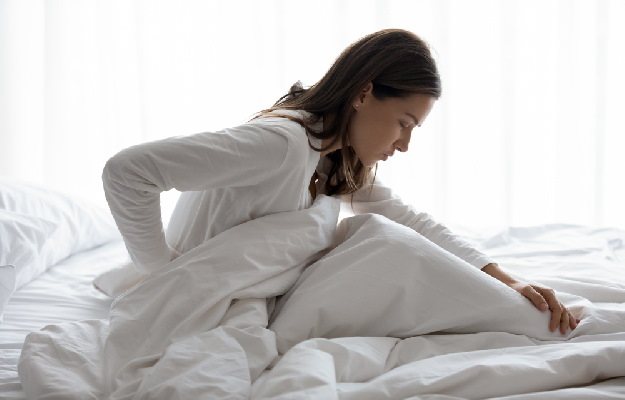Menopause is a normal part of ageing wherein a woman completely stops having her period. It usually happens sometime between the ages of 45 and 50 (typically around 46.2 years in India) due to a reduction in estrogen levels in the body.
However, some women experience premature or early menopause. This could be for a number of reasons:
- Removal of ovaries (oophorectomy)
- Removal of the uterus (hysterectomy)
- Some treatments such as chemotherapy
- Certain autoimmune diseases like lupus and rheumatoid arthritis
- Genetics or a family history of early menopause
- Health conditions like Turner syndrome or epilepsy
- Smoking
- Being too slim: estrogen gets stored in fat and very thin women may have low estrogen, to begin with
- Rarely, infections like tuberculosis, malaria or mumps may also trigger early menopause
Premature menopause means hitting menopause before the age of 40, and early menopause is the cessation of periods before 45 years.
Estrogen has a protective effect on the bones and heart. Recent research has shown that women who hit menopause before 40 are twice as likely to develop multiple health conditions by the time they are 60, compared with those who are 50-51 years old at the time of menopause.
The low estrogen levels during premature menopause, early menopause or menopause may also lead to discomforts such as hot flashes and vaginal dryness. They also lead to bone loss and weight gain. In women with thyroid problems, the symptoms of premature and early menopause or menopause may be worse.
There is no treatment necessary for menopause since it is a natural process. Hormone replacement therapy, cognitive behavioural therapy, estrogen creams, and lubricants are sometimes given to manage symptoms if they interfere with everyday life. In women experiencing premature menopause, doctors typically advise hormonal replacement therapy to reduce the risks to their bone health and heart.
Read more: Period problems



































